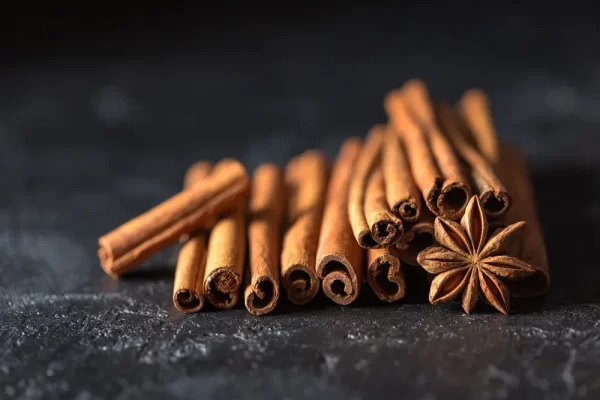Controversies are all the while building aside COVID-19. There is no definite reason found as to what exactly has caused the virus to take the shape it is prevailing in the present and has led humanity towards a doomed trajectory.
Experts and researchers are consistent in their attempts to search for the source of this fatal virus, causing so much destruction with millions dying and rest roaming the streets with no shelter left to hide their heads. However, specific observations and elaborative measures have been put through some certain ways about the C0VID virus.
New research and observation have brought forward a new possibility and reason behind the sudden spike in COVID cases- It’s the weather and climate change!
The possibility of this kind of theory behind seems less evident, and more of a hypothesis, but experts with proper understanding and still moving forward with some skepticism have argued about particular factors related to COVID-19 and weather change.
Studies have come to a determining factor that as the humidity and temperature will fall in certain places and countries, the spike in COVID cases eventually would be a matter of concern. Experts have disagreed on individual elements and state that the living reality says otherwise.
How is weather affecting the COVID-19 virus?
Although Respiratory virus is often seasonal, the present results related to coronavirus have shown different reality. Even with much humid climate and sweat drenching weather, the cases are increasing with each passing day.
The observations we are making concerning COVID Virus are making it even harder to interpret the fatality rate, and now there are so many accumulated theories and controversies surrounding the virus that the precise reason seems far away.
An article published in Medical News Today expressed the views of Professor. Ian Jones, Professor of Virology, University of Reading, United Kingdom says that-
Respiratory viruses are generally seasonal, probably as viruses that transmit on water droplets do so less well if the droplet dries up faster, and temperature, humidity, and UV may be part of the lull in transmission we are now seeing. The flip side, alas, is that the opposite will be true in the autumn and beyond
The statement, as mentioned above, indicates a period when the virus would be affecting people in a significant proportion, and the cases are yet to increase in comparison to recent evidence.
A specific survey and report showed that in the year 2003, the SARs-COV virus first circulated for a brief period, and the seasonal impact on the same becomes difficult for adequately tracing.
The precise vantage point of the survey indicates the decline in the 2003 SARs-COV virus due to the arrival of July month, which is comparatively warm. Still, the measures for the public to control the transmission of the virus also played an important role.
In some parts of India, the weather is more moderate even during the winter, and research says that the citizens are more susceptible to come in contact with the virus. The reason behind any illness generally affecting during low temperatures is due to the crippled functioning of Cilia.
The entire functioning of our nose goes like this- there prevails a mucous lining in our nose, which dries up during low temperature and the role of Cilia (tiny hairs layered inside the nasal passage), which clears the virus. The inability of Cilia to play its role makes us more prone to catch the virus.
Humid Climate and COVID
There have been so many controversies associated with the virus’s rapid transmission that the exact reason seems far from reach. Experts from Spain said a contradictory statement which proved that weather change and COVID does not have any specific connection.
The experts believed that before lockdown and the first five days post lockdown showed an elevation in the number of cases even though it was hot and sunny outside. On the other hand, the Influenza virus showed signs of degeneration in the number of instances when there was sunny weather.
More countries like Spain, such as Brazil and cities in China, declared that with high precipitation rates (increase in rainfall), COVID cases are also n spike.
Although research says that Solar UV rays are likely to destroy any bacteria. Still, the UV rays falling on the earth are less than 280 nanometers, which are less than the wavelength needed for killing any bacteria or virus.
Outlook
Dr. Michael Bryan briefed in a WHO press conference saying-
This virus demonstrates no seasonal pattern as such so far. What it clearly demonstrates is that if you take the pressure off the virus —the virus bounces back. That’s the reality, that’s the fact.
Dr. Michael Bryan’s statement is a significant pointer to people aware of all kinds of controversies formulated around COVID. The need for the hour asks for more tests to be conducted, and as the testing rate increases in every effected country, the spike in cases is an obvious outcome of it.
Researchers from Oxford University have mentioned that the attempt to link COVID-19 transmission with weather conditions is futile. Experts do not agree to this controversy, and neither the people should say until and unless there is definite proof to claim.
If COVID-19 is somehow linked to change in weather condition, it could only be established after a significant spike in cases which is yet to come, and the claim could be made if there is any by 2021.
Meanwhile, keeping yourself hydrated and keeping your immunity healthy is what is required of all the people universally. Also, promoting dry air/humidification and active nasal hygiene in public, as well as private places, would help in somewhat combating the virus along with social distancing protocols.




